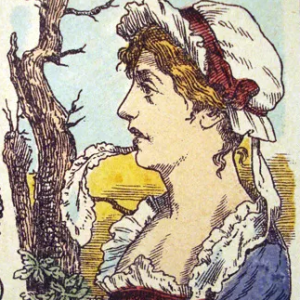Riddles are fascinating puzzles that challenge our thinking and force us to look beyond the obvious. They play with words, meanings, and interpretations, often leading us down a path that seems simple but ends in a surprising twist. One such riddle that has captured the curiosity of many is: “What has 4 letters, sometimes 9 letters, but never has 5 letters?” At first glance, this might seem like a confusing question, but once you uncover the hidden twist, it becomes a brilliant example of wordplay. Let’s dive in and explore the real meaning behind this intriguing riddle.

Understanding the Riddle
The riddle goes like this:
“What has 4 letters, sometimes 9 letters, but never has 5 letters?”
When you first hear or read this riddle, you might start thinking about words that fit the description. You may try to come up with words that have four letters, sometimes nine letters, and wonder what it means for a word to never have five letters. But this approach leads to a dead end because the riddle isn’t about finding a specific word. Instead, it’s playing with the literal count of letters in the phrases.
Breaking Down the Riddle
Let’s analyze each part of the riddle to uncover its meaning:
- “What has 4 letters”:
This part of the riddle isn’t asking a question; it’s making a statement. The word “what” literally has four letters. It’s as simple as that. There’s no need to search for a word that fits a condition—“what” is the word, and it has exactly four letters. - “Sometimes 9 letters”:
Similarly, this phrase isn’t asking you to find a word that sometimes has nine letters. It’s telling you that the word “sometimes” has nine letters. Once again, the answer is right there in the phrase itself. - “Never has 5 letters”:
Finally, the riddle states that “never” has five letters, which is true. The word “never” consists of five letters.

The Clever Twist
The brilliance of this riddle lies in its simplicity. It’s not a complex word puzzle requiring deep thought or extensive vocabulary. Instead, it’s a play on the literal meaning of the words in the riddle. The riddle tricks you into overthinking by making you believe there’s a hidden word or phrase that fits all these conditions. However, the real challenge is recognizing that the riddle is stating the obvious.
Why This Riddle Works
This riddle works so well because it plays on our expectations. When we hear a riddle, we expect to find a hidden meaning or a clever solution that isn’t immediately apparent. This expectation leads us to overlook the simplest interpretation: that the riddle is merely pointing out the number of letters in the words themselves.
How to Approach Similar Riddles
When faced with riddles like this, it’s important to:
- Read Carefully: Pay close attention to the exact wording of the riddle. Sometimes, the answer is hidden in plain sight, and the wording itself is the clue.
- Think Literally: Don’t always assume that a riddle is asking for something abstract or complex. Sometimes, the riddle is as simple as it seems.
- Avoid Overthinking: It’s easy to get caught up in trying to find a deeper meaning, but often, the simplest explanation is the correct one.
- Practice Regularly: The more riddles you solve, the better you’ll become at recognizing patterns and understanding the logic behind them.
The Takeaway
Riddles like this one are more than just fun puzzles—they’re exercises in critical thinking and attention to detail. By challenging your assumptions and encouraging you to think outside the box, riddles help sharpen your mind and improve your problem-solving skills. The key to solving this particular riddle is to recognize that it’s not about finding a word that fits all three conditions but rather understanding the literal count of letters in each word.
Conclusion
The riddle “What has 4 letters, sometimes 9 letters, but never has 5 letters?” is a masterclass in wordplay. It tricks the mind into searching for a complex solution when, in reality, the answer is as straightforward as counting the letters in each word. By understanding this, you not only solve the riddle but also gain insight into how language can be used to create clever puzzles.
So, the next time you come across a riddle that seems confusing, take a step back, read it carefully, and consider the simplest explanation. You might just find that the answer is right there in front of you.


